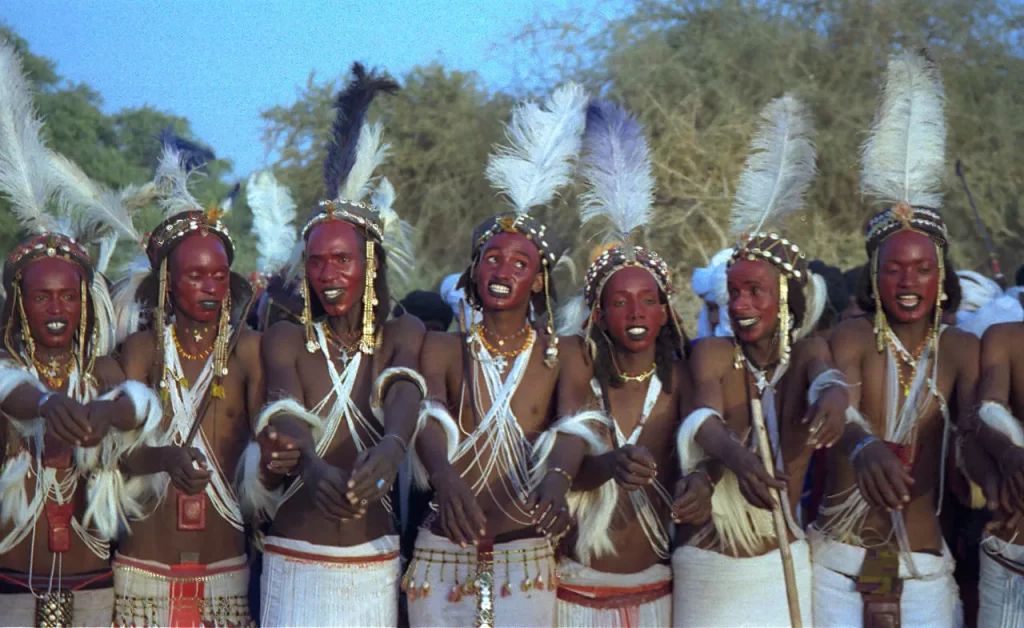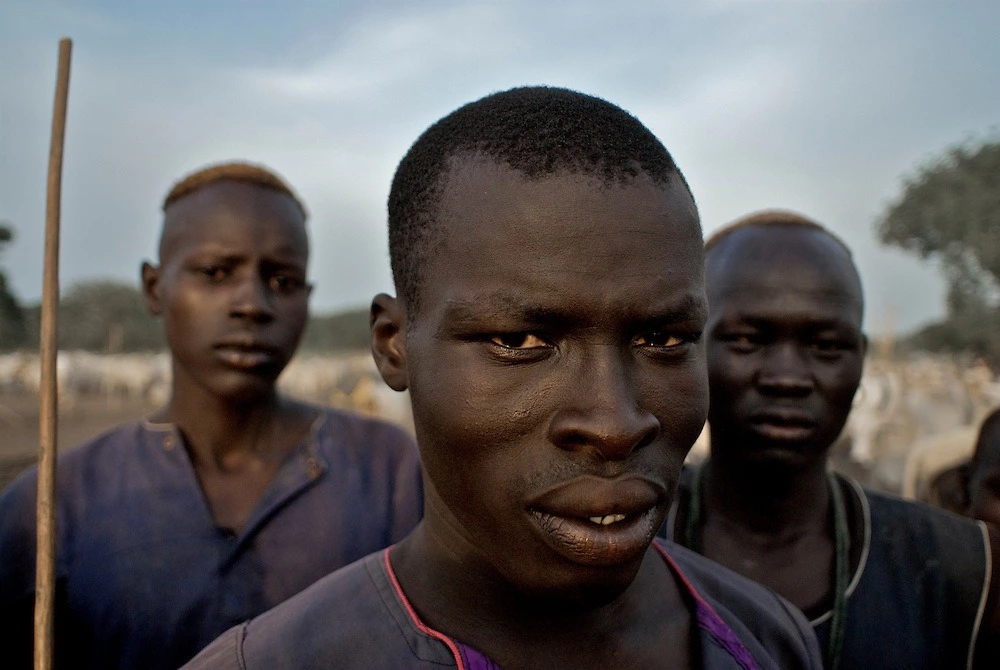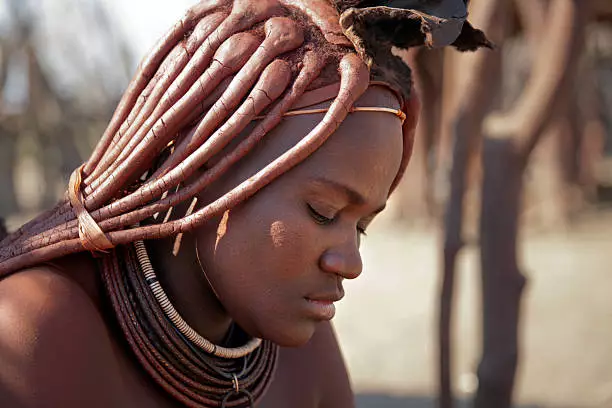Africa has a total of approximately 3000 tribes each of which is unique. However, some of these tribes are little known and have not spread out to many places. There are also others which stand out from the rest. Read on as we dig into some of these popular tribes in Africa.
- The Maasai

The Maasai community is a well-known Nilotic group internationally for its deep culture. It occupies the northern, central and southern parts of Kenya. It is also found in the northern regions of Tanzania which borders Kenya to the south. The Maasai population is growing with each day, the most recent population recorded being 1.189 million.
The Maasai are widely known for the large herds of cattle which they keep. They strongly believe that all the cattle in the world solely belong to them and that they were given by their god Enkai. Do not be surprised when you see Maasai drinking the blood from these animals. The Maasai young men are known to jump very high and this astonished many people. These young men come together and jump each trying to outshine the other. All this is to attract Maasai women to get a wife.
The Maasai can easily be recognised by their dressing code. The most cherished is the Maasai shuka which is lined with red and blue or black colors. The Maasai jewelry which includes bangles and necklaces is bought especially by the tourists.
- The Zulu

The Zulu are a Bantu group speaking the Nguni language and live in South Africa. Of all the tribes in South Africa, the Zulu is said to be the largest with a population of between 10 and 12 million. Many of the Zulu people today are urbanized and therefore you will not find them wearing their traditional clothes. They set aside the traditional attire only for important ceremonies.
The Zulu are widely known for their fierce fighting vigor. From the time they migrated into their present areas, the Zulu engaged in war with other communities which they defeated under their leader who was Shaka the Zulu. The Zulu set aside a day each year to commemorate their founder who was Shaka. They recall his brevity and even adorn the clothes he wore. They visit the place he was buried and pay their respect to him as a community.

The Khoisan is a pastoralist community which lives in the southern parts of Africa, especially in the regions of the Kalahari desert. It is distinguished by the clicking sounds the people make as they speak. The Khoisan are believed to be the earliest occupants of the southern parts of Africa. There has been a worrying trend whereby the Khoisan population has rapidly declined over the past years. This can mostly be attributed to the hot and dry climate in the region which makes it hard for them to find food.
The Khoisan comprises two communities which are the Khoikhoi and the San. Due to their nomadic culture, the Khoisan set up simple structures which can easily be dismantled and reconstructed. Constructing a house here normally takes a short time of less than an hour. The Khoisan are knowledgeable about edible and medicinal plants. They depend on these plants for food since they have no other source.
 Wodaabe Men In a Ceremony” class=”wp-image-2786″ />
Wodaabe Men In a Ceremony” class=”wp-image-2786″ />The Wodaabe is a smaller group of the larger Fulani group which is most prevalent in the western countries of Niger, Nigeria, Cameroon and Chad. The wodaabe people are pastoralists and they follow the seasons in search of pasture for their livestock. The Wodaabe are widely known for their beauty, especially the men. In this community, the men are said to spend so much time trying to make themselves look more charming. They beautify their faces with paints.
According to Wodaabe a handsome-looking man is said to be the one who is lean and towering, has white eyes and teeth and has braided hair. There is usually a Gerewol festival where the men present themselves before the judges who evaluate the beauty of the men and pick out the best. The man chosen will get the chance to have sexual relations with the lady judge. The lady can freely leave her marriage if she becomes so much related to the man to the point of getting married.

The Dinka are a Nilotic group which occupied the Nile basin region in South Sudan. Of all the tribes in Sudan, the Dinka are recognized as the largest with a population of between 4 and 5 million. The Dinka people are said to be the tallest on earth. It’s amazing how tall a Dinka person can be. A man can grow to a height of approximately 182.6 cm while a woman can grow to a height of 181.3 cm.
Apart from the genes which are responsible for such features, it is thought that the common food for people is milk which is responsible for height. The cattle are a major part of the people’s lives whereby they symbolize the power that one has. The men in the community do not milk the cattle.
- The Himba

The Himba are a group occupying the northern parts of Namibia and are approximately 50000. The Himba did not exist in the very early days. The Herero used to live in the region the Himba live now. There was once an epidemic which affected the people severely. A part of Herero moved while the other remained. The one that remained is the Himba.
The Himba are known for the red ochre they apply. Using the red ochre it is easier to establish who is a male and who is a female. The ochre offers protection from sunburns too and lubricates the skin. Porridge is highly cherished by the people. You can hardly miss a meal without porridge. Meat is also a major meal here except that in some ceremonies it is not eaten. The women here do not bathe. Instead, they use smoke baths to maintain their hygiene.
